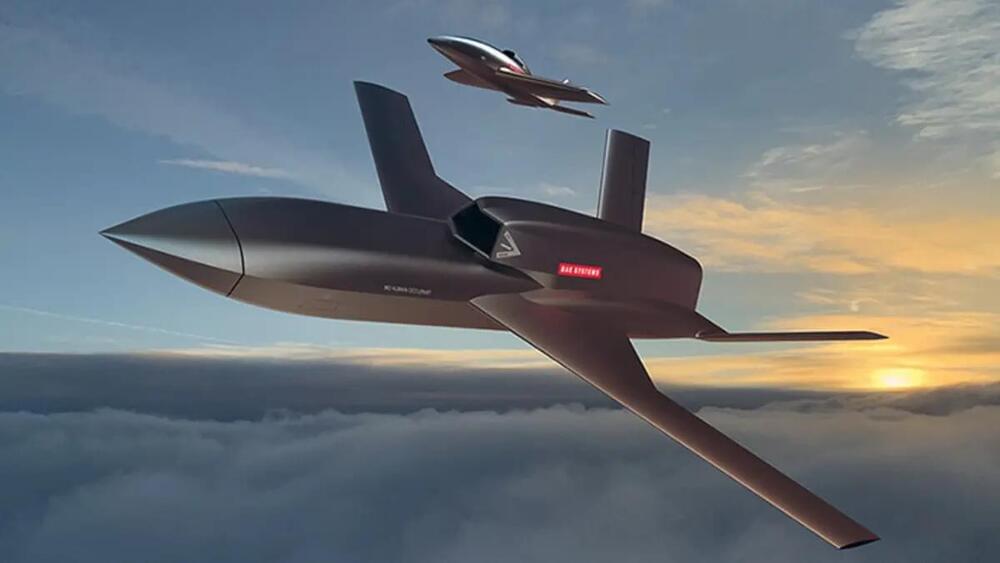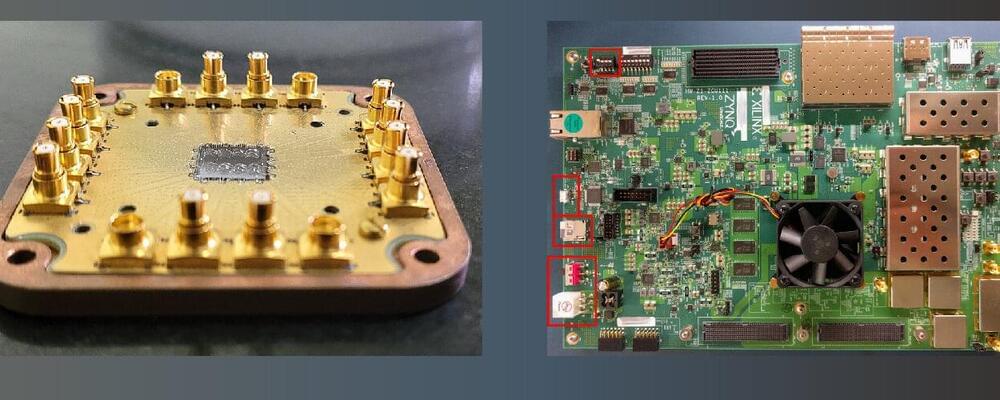“We are extremely excited to get in the air!” said Mike Atwood, Vice President of Advanced Aircraft Programs at GA-ASI. “Flight testing will validate digital designs that have been refined throughout the course of the project. General Atomics is dedicated to leveraging this process to rapidly deliver innovative unmanned capabilities for national defense.”
About GA-ASI
General Atomics Aeronautical Systems, Inc. (GA-ASI), an affiliate of General Atomics, is a leading designer and manufacturer of proven, reliable RPA systems, radars, and electro-optic and related mission systems, including the Predator® RPA series and the Lynx® Multi-mode Radar. With more than eight million flight hours, GA-ASI provides long-endurance, mission-capable aircraft with integrated sensor and data link systems required to deliver persistent situational awareness. The company also produces a variety of sensor control/image analysis software, offers pilot training and support services, and develops meta-material antennas.









